World Superbike debut in Russia sports novelty, cost, return on the project and engine roars
Issue:
October 2012, Vol. 7, No.9
Tags:
World Superbike
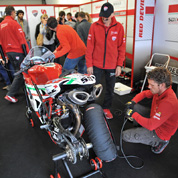
In August, Russia for the first time in its motorbike history hosted the prestigious World Superbike Racing Championship (WSBK) at the suburban Moscow Raceway racetracks that was attended by over 30,000 visitors, including some of the most prominent representatives of Russian sports, business and political establishment and Moscow celebrities.
Also, the Russian fans of two-wheel superbikes traveling at highs speed that pump excess adrenaline into one’s cardiovascular system had a unique opportunity to watch exciting races with over 100’s world top pilots from over 20 countries. Even the rain that took place at the beginning of the Russian WSBK phase could not make substantial changes to the day’s schedules and did not reduce the fans' huge appetite for the sport that had arisen to the stratosphere because of the high-profile status of the contesting bikers.
During the qualification session, held on August 24-25, many pilots had called the newly built track a ‘Mickey Mouse Raceway,’ thus highlighting the complexity of its numerous left turns. Even the Nyurnburgring, known for its dangerous left turns and hence considered one of the most difficult racing tracks in world sports, has much fewer less left turns than the Moscow Raceway Tracks.
Once can be sure that this day will be long remembered by the Russian racing fans. World famous rider Max Biaggi, a member of the Aprilia Racing Team, in a pre-contest interview, shared his impressions about Russia in general and the Moscow Raceway in particular: “I’m glad that Russia has joined the world’s superbikes series, and the tracks are really beautiful.”
Vincenzo Trani, a representative of General Invest, the holding that is simultaneously the general partner of two famous Italian teams, the Aprilia Racing and the Red Devils Roma Ducati, who also spoke at the launch of the Russian WSBK phase, was equally effusive. “Russia, after gaining the right to conduct MotoGP motorcycle racing series, easily coped with the organization task and quickly signed a long-term contract with the series owners for 10 full years.
“The Russian fans of some of the world’s most powerful two-wheel superbikes traveling at highs speed that pump excess adrenaline into one’s cardiovascular system have a unique opportunity to watch these exciting races with over 100 of the world’s top pilots from over 20 countries.”
“Usually, it takes between 10 and 12 years to build a quality racetrack, but it took only one and a half years to build a racecourse in Russia and it is one of the world's best race tracks,” he added. “Indeed, most of the turns that the pilots have to do here are done to the left, and that is very inconvenient and hence very spectacular during the competitions,” he noted. “This is evident from the fact that four pilots flew off the tracks,” he noted as he shared his impressions of the Moscow Raceway tracks.
A dream comes true with a price tag of RUB5bln
Lots of people put lots of efforts, including huge financial resources, to make the project a reality. However, the biggest contributor was multibillionaire Rustem Teregulov, who also doubles as one of the largest land owners in the Moscow region.
It is this multibillionaire-cum-landowner that disbursed EUR120mln from private resources to finance the development of the Moscow Raceway, Russia's first world-class race track in the Sheludkovo and Fedyukovo villages in the Volokolamsk district in the Moscow region, about 77km from the Russian capital. The official opening ceremony of the Moscow Raceway, attended by the Formula 1 general designer, Hermann Tilke, the managing partner of Tilke Engineers & Architects, the world leading designer for racetrack and test facilities, was held this summer. The uniquely complex track was opened July with the hosting of the Fifth Phase of the Renault World Series, which was also the first high profile competition in the country.
In an interview, the financial brains behind the racecourse highlighted the prospects of its sporting pet project that no other Russian billionaires in the famous Forbes Journal’s rich list currently have. "We certainly did not plan such a large-scale investment at the beginning, as we had wanted to limit our expenses to only $30mln,” noted Teregulov, as he explained how the relatively large initial sum grew several times to RUB5bln.
The billionaire expressed confidence that the racecourse would be self-supporting, but he conceded that the recoup period would take a longer time due to the uniqueness of the economics of racing sports and peculiarities of the types of racing competitions that are conducted under the auspices of the world's leading brands of automobile and motorcycle sports.
The racecourse’s gross revenues are expected at RUB200-400mln a year and this will cover operating expenses as well as plan the size of expected profit in the region of RUB100-150mln per year. To achieve these goals, both the racecourse owner and management intend to attract and use the best experts in the world racing motorsport. One of these experts is Hans-Joerg Fischer, who had previously worked at the Nyurnburgring racetracks. Recently, Fischer was hired by Mercedes-Benz Russia, the Moscow Raceway’s first major partner, he added.
“Usually, it takes between 10 and 12 years to build a quality world-class racetrack, but it took only one and a half years to build such a racecourse in Russia and it is one of the world's best race tracks today.”
Besides, Teregulova’s medium-and long-term plans for the racecourse are bold and ambitious. For example, he recently said that in 2013 he plans to host at least seven international racing series, including the famous DTM, WTCC, WEC and MotoGP. “We plan to attract and host a number of international series. Some are still under negotiations. If any of these international series have interest in Russia, they will definitely approach us.”
However, the cream of world motorsport, better known by as its more popular brand name, Formula 1, is not in hurry to grace the Moscow Raceway track with its “royal presence,” as the grand prix is often referred to as “the royal races” in the local press. Teregulov has attributed this to several reasons, whilst at the same time noting that the track is “fully ready and able to host the Formula One races the following year” under certain conditions or convergence of several factors. One of them is finding a sponsor that can foot the high cost of host the F1’s Grand Prix. According to Teregulov, the right to host coveted Grand Prix series carries a price tag of about $50mln per year payable to the F1 owners.
Typically, the privately owned racecourses in other countries do foot this huge bill by themselves, as most cannot afford such expenditures. Usually, it is bankrolled by the state or its agents interested in further development of a particular region and improvement of the country’s image in general in the world. In this regard, if the Russian government decides to hold the F1 Grand Prix not in Sochi, and say, in the Moscow region, the choice of the venue, of course, will be the Moscow Raceway, Teregulov said.
Proximity to roaring superbikes’ engines forcing residents to relocate
The problem of unbearable sound, which, by the way, is common to neighborhoods in close proximity to all Formula 1 racecourses and similar sports facilities, and which is being solved in different ways, has also sprung in the villages that are the nearest to the racecourse in the Moscow Region. The high noise levels are forcing the local residents, now tired of the endless roars of superbikes, to look for new, quieter places, much away from the racetracks. Houses are being put up for sale in a near-panic manner.
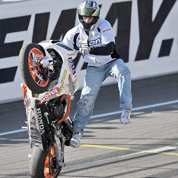 Of the two villages, Sheludkovo, according to the local residents and noise experts, is much less fortunate than Fedyukovo. This is because the latter is adjacent to only one of the turns along the route, where the bikers/pilots understandably usually slow down, thus lowering the overall noise level. On the contrary, Sheludkovo lies along the straight section of the racecourse that envisages maximum speed and, therefore, the roars of the bikes’ engines often reach a transcendental level, thus forcing the noise level far beyond the limits of human endurance.
Of the two villages, Sheludkovo, according to the local residents and noise experts, is much less fortunate than Fedyukovo. This is because the latter is adjacent to only one of the turns along the route, where the bikers/pilots understandably usually slow down, thus lowering the overall noise level. On the contrary, Sheludkovo lies along the straight section of the racecourse that envisages maximum speed and, therefore, the roars of the bikes’ engines often reach a transcendental level, thus forcing the noise level far beyond the limits of human endurance.Initially, the local residents had thought that such modern tracks will bring more modern infrastructure and civilization to their villages, and with them money, world-class sports, modern amenities, etc. Then, some people started to sell their real estate assets at exorbitant prices, as all had expected the changes to lead to sharp rises in property prices in the district. The expectations that the villagers had in connection with the track were very high, some of the resident present at the superbike competition said.
The villagers reacted accordingly by inflating the prices of their real-estate properties to the skies. Some even specifically stated the unprecedented proximity to the tracks as a special factor that increases the value of these assets. But today, the situation with the opening of the track and start of regular racing events has completely changed, as the proximity to the racecourse, previously considered a special and unique advantage, has become a big headache for the villagers. “We no longer want to live in these villages ourselves, and certainly we don’t think that non-residents are eager to come over to live close to the racecourse or buy properties near such a source of unbearable noises,” the villagers said.
Real-estate experts are predicting a fall in the prices of real estate properties by up to 50% of the values of these objects before the launch of the racecourse, and even further by up to 75% after the track will go into full operations as designed. At that peak level, intensity of the noises from the constant roars of the some of the world’s most powerful bikes or racing cars is expected to reach a transcendental level.




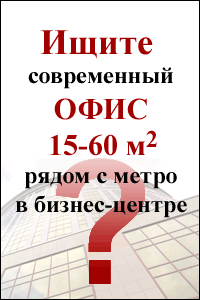
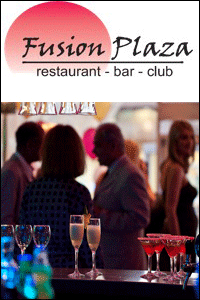
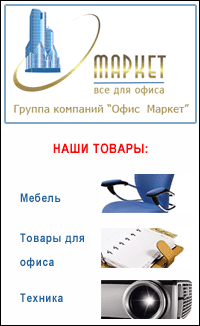
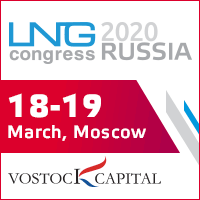
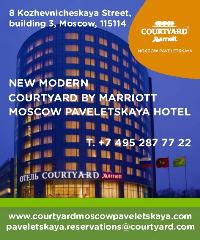



 Web design,
Web design,